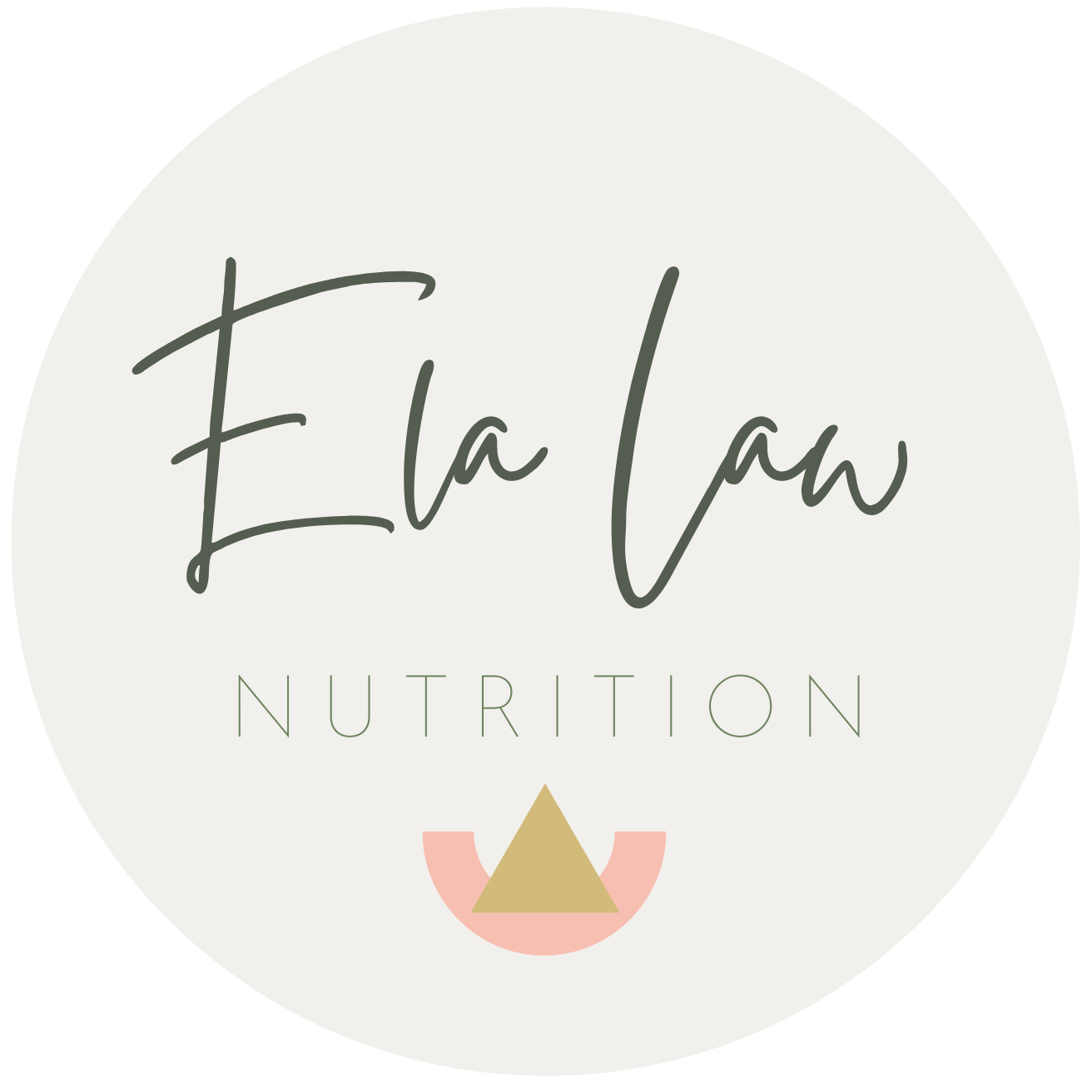Meal planning and intuitive eating - are they compatible?
One of the first things I ask my clients is to tell me about their meal routine during an ordinary day. It tells me so much immediately about whether they are feeding themselves enough and whether they may be leaving it too long between meals. Planning meals can absolutely be compatible with intuitive eating, and here is why and how it works.
Skipping meals, having extended periods of time between meals (e.g. through intermittent fasting) or restricting how much you eat can all have repercussions such as bingeing, intense cravings, or ‘overeating’. There are sound biological reasons for this, and I’d invite you to join my Facebook group where you can find recordings of me explaining the binge-restrict cycle and the biological mechanisms underlying it.
How can you meal plan and eat intuitively?
One important aspect is to stay flexible - only eating at certain times, only having certain foods that you prepared and then getting anxious or upset if this doesn’t work out for whatever reason is counterproductive and will lead you to feeling deprived. Instead, having a plan but being able to adapt it if you feel like you can’t eat at a certain time, or changing what you are going to eat because you fancy something different than planned is really important to avoid feeling bad or like you are ‘failing’ at intuitive eating (note: you can’t fail at intuitive eating because it’s a process, not a fixed place and everything is about learning and exploring!)
Planning meals to make sure you feed yourself regularly and sufficiently can be super helpful for learning to trust your body again. We often don’t eat enough because we go by recommended portion sizes that are never going to work for the majority of people and that may well not be enough for us on any given day. It's also important to understand that planning meals is different from following a meal plan - meal plans are generally diets, they are prescriptive and often exclude either certain foods or restrict how much you are allowed to eat.
Thinking about the different types of food you may fancy including in your meals is a great way of exploring new foods or things that have been on your ‘forbidden list’. You could have a list stuck on your fridge or a whiteboard in your kitchen that you write down anything that comes to mind, and buy it (if you can) next time you go shopping. That way you are able to add variety to your diet and become more adventurous, while at the same time learning to make peace with foods that you have shunned for a long time. I am a big advocate of adding in rather than cutting out foods!
Making sure you eat even when you are not very hungry can also be a helpful strategy. I hear you shout: but isn’t intuitive eating all about eating when you are hungry and stopping when you are full? No, it isn’t, that’s only part of it! Of course, in an ideal world we would honour our hunger when it occurs, but most of us have lives where we can’t always do that (e.g. when you know that you are busy for a long stretch of time and won’t have the chance to have anything to eat at your usual time), so we can instead honour our bodies by making sure they are fed in advance of becoming hungry so they don’t have to experience any deprivation. Using this strategy when you anticipate times where you know you will go for a long time without any chance of eating can show your body that it can trust you to look after it.
Another way of planning your meals is to have a good supply of yummy foods available to you at all times (this assumes a huge amount of privilege, and I fully understand that for some this is not possible – have a look at my previous blog for nuance on this aspect). Having a variety of food available to you is important when you are exploring what foods you fancy and when you are healing your relationship with food. Availability increases familiarity, which in turn helps making peace with all foods that may have been off limits for you previously. It also helps with satisfaction, which underpins most of the principles of intuitive eating, by allowing you to eat the foods that really hit the spot for you at the time.
A final way of planning what you eat whilst on your intuitive eating journey is considering what to eat depending on your activity levels – if you know you are going to do a lot of physical activity, you need to anticipate that you are going to be hungrier and therefore making sure you have sufficient food available to fuel your body before and afterwards is important.
All of these strategies are compatible with intuitive eating because they honour your hunger, your satisfaction, your body’s needs and they teach you and your body to trust in each other again. Feeding yourself sufficiently is a key part of self-care and using a flexible approach to meal planning can provide you with structure without being overly rigid.
If you would like to explore this for yourself, do get in touch and book a free zoom discovery call!



